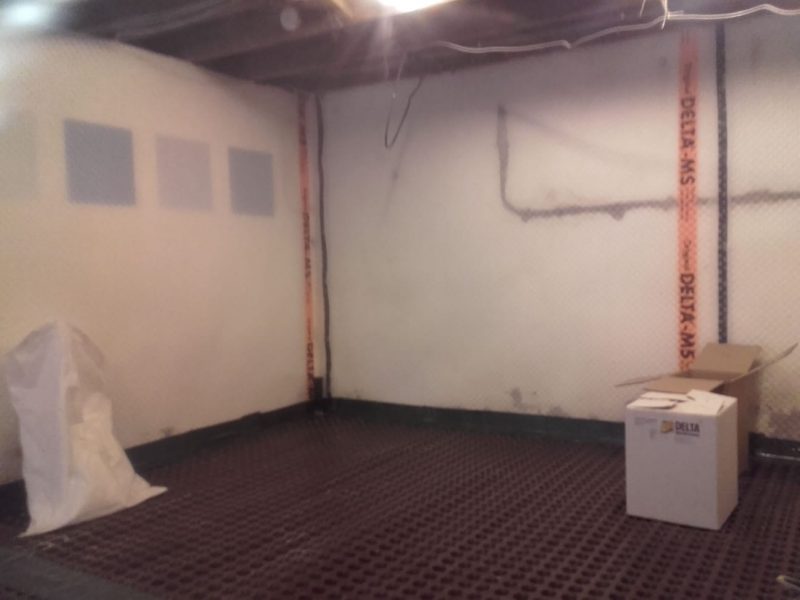As with many Victorian properties in Cambridge, converting the damp cellar into a usable waterproof room is a great way to increase the habitable space within a property. Within this post, we’ll go through what APP did to solve our client’s basement waterproofing problem.
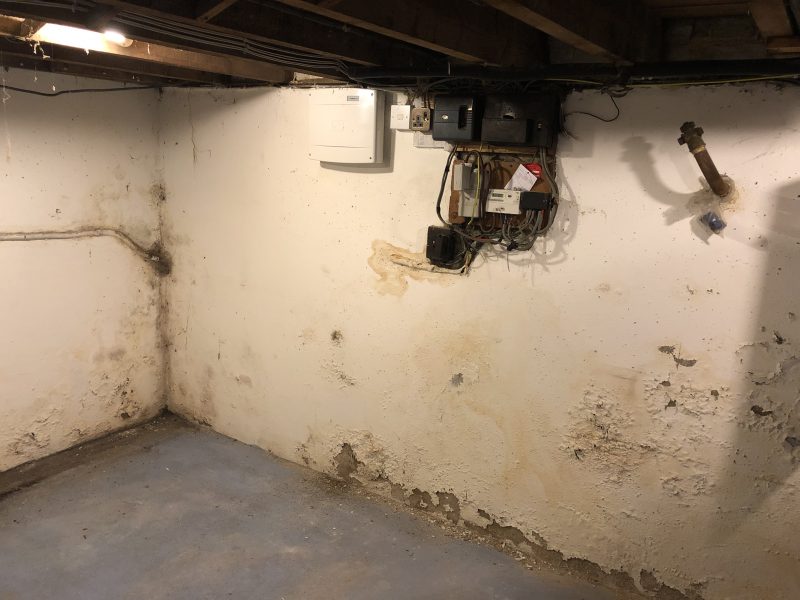
Cellar Waterproofing From The Experts
APP was asked to conduct an inspection to provide an estimate for a suitable waterproofing solution.
APP specified and installed a cavity drain membrane system with a sump pump.
The system uses extruded HDPE membrane with 8mm studs for wall application and 20mm over the floor, which allows water and vapour to move in all directions across the whole of the wall and floor surfaces, thereby achieving damp pressure equalisation.
Drainage channels set within the floor collect any water ingress where it is directed to the sump station and removed to the external drainage.
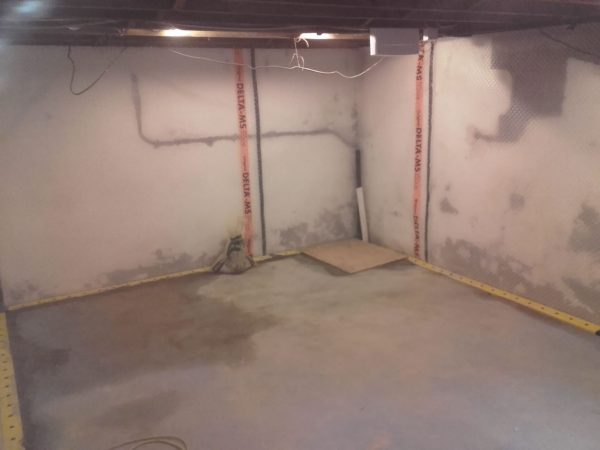
Finishing The Waterproofing
APP’s carpentry team screwed treated timber battens to the walls, followed by plasterboard and laid a floating timber floor, new skirting boards were then fixed to the walls.
APP also installed insulation between the ceiling joists and a plasterboard ceiling.
The cellar is now a much-improved space and asset to the property which the client was very pleased with.
Cellar Waterproofing Summary
- APP was asked to inspect a property and provide an estimate for a suitable waterproofing solution.
- APP specified and installed a cavity drain membrane system with a sump pump.
- The system uses extruded HDPE membrane with 8mm studs for wall application and 20mm over the floor, which allows water and vapour to move in all directions across the whole of the wall and floor surfaces, thereby achieving damp pressure equalisation.
- Drainage channels set within the floor collect any water ingress where it is directed to the sump station and removed to the external drainage.
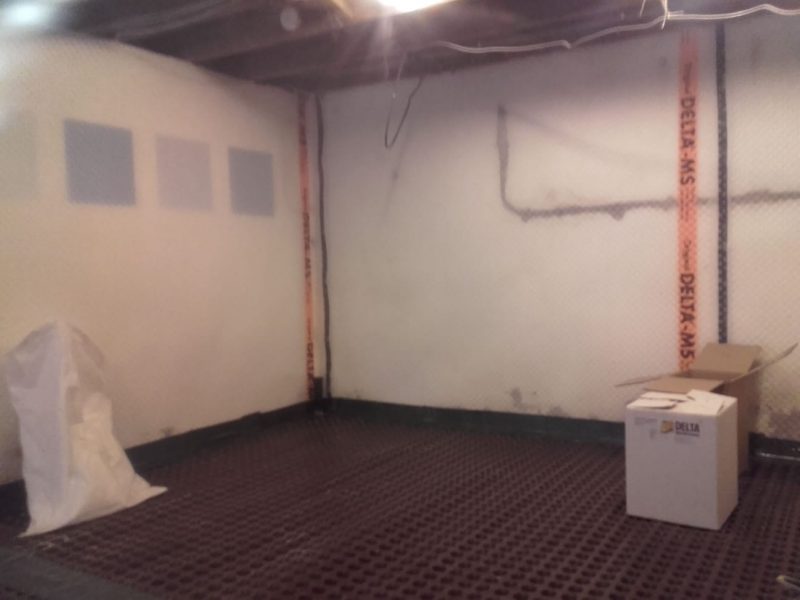
Understanding Cellar Waterproofing
Cellar waterproofing involves various methods, including tanking a cellar, to prevent water ingress and maintain a dry environment. It’s crucial for maintaining the structural integrity of your home and avoiding damp-related issues like mould growth. Effective waterproofing ensures that cellars remain usable and safe.
Types of Waterproofing Systems
- Tanking Systems: Tanking refers to the application of a waterproof barrier directly onto the walls and floor of the cellar. This method creates a watertight seal, preventing water from penetrating the masonry. Cementitious tanking slurry is a common product used in this method.
- Cavity Drainage Systems: Cavity drain systems involve installing a cavity drain membrane on the walls and floor. This membrane channels water into a drainage system, effectively removing water away from the cellar. Unlike tanking, it allows water to enter but manages it efficiently.
Common Waterproofing Materials
- Tanking Slurry: Designed to form a cementitious barrier on cellar walls, providing a waterproof coating that stops water from entering the basement.
- Cavity Drain Membrane: Installed on walls and floors, it creates a gap for water to drain through a managed system.
- Sealants and Coatings: Applied to walls and floors to create a damp proof barrier protection.
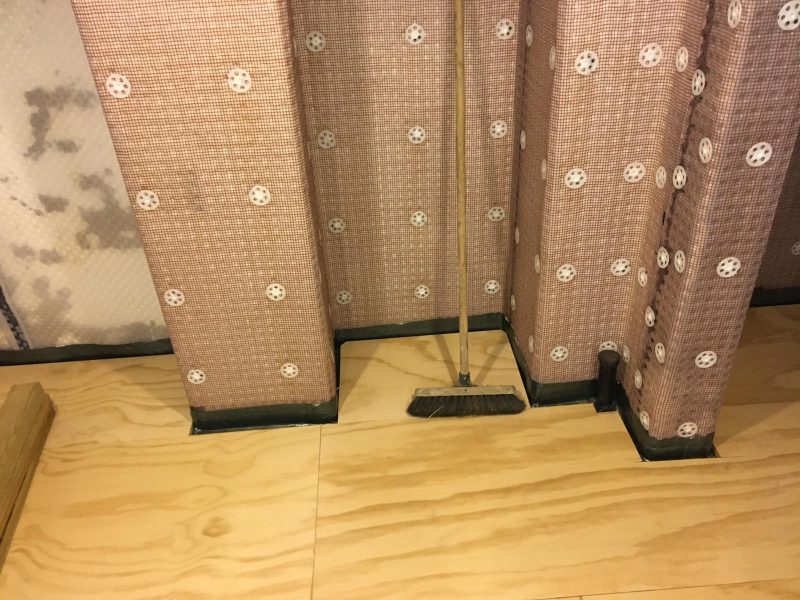
Importance of Professional Installation
While DIY solutions exist, professional installation ensures the right waterproofing design and materials are used. Professionals possess expertise in selecting and applying the right system tailored to individual cellar conditions. For more detailed information on waterproofing a cellar, the UK government Building Regulations provide guidelines on waterproofing standards for both basements and cellars.
- Structural Integrity: Prevents damage to masonry and foundations.
- Health Protection: Mitigates the risk of mould and damp-related health issues.
- Usability: Converts your cellar into a dry space suitable for storage or additional living areas.
Cellar waterproofing is essential for safeguarding your home from water ingress, ensuring structural stability, and providing a usable and healthy environment. For further reading on basement waterproofing systems, the Property Care Association offers detailed resources on different waterproofing techniques.
By understanding and applying the right waterproofing methods, we can successfully transform our cellars into dry, functional spaces.
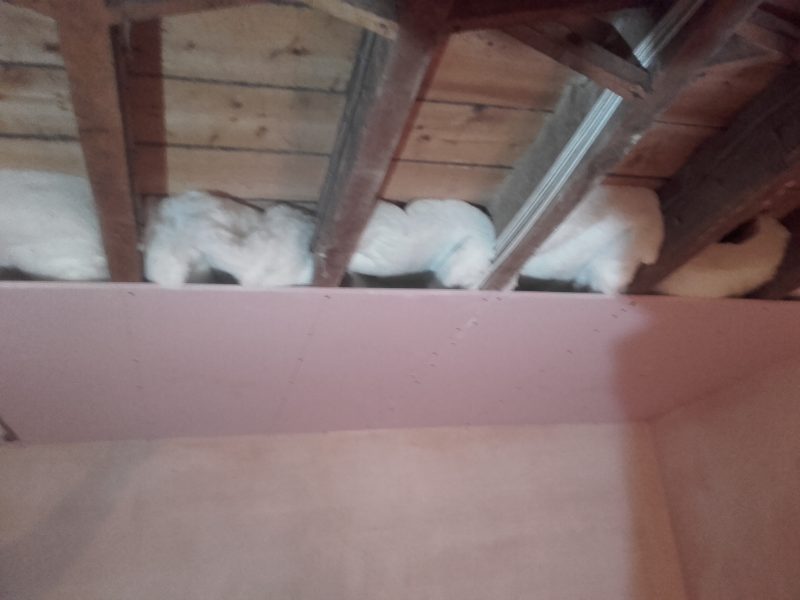
Common Causes Of Cellar Water Problems
Cellar water issues can cause significant damage if not addressed promptly. Understanding common causes helps in effective cellar waterproofing.
Rainwater Seepage
Rainwater can enter cellars through cracks in the walls or masonry, increasing water pressure. To mitigate this, a proper drainage system around the property is crucial.
Groundwater Pressure
High groundwater pressure forces water through cellar walls and floors. Installing a cavity drain membrane can alleviate this by channelling water away effectively.
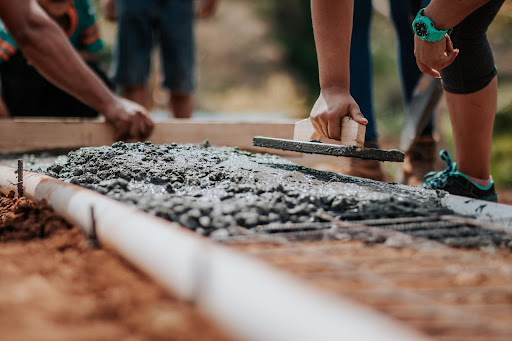
Essential Waterproofing Techniques
Effective cellar waterproofing techniques are crucial for maintaining a dry and usable space. Let’s dive into two main approaches.
Interior Waterproofing Methods
Interior waterproofing involves applying sealants and coatings to cellar walls and floors to stop water ingress. Cavity drain membranes are often installed to channel water into a drainage system.
Exterior Waterproofing Solutions
Exterior waterproofing focuses on preventing water from penetrating the cellar walls. This includes applying cementitious tanking slurry and installing drainage membranes to create a watertight barrier around the cellar exterior.
For detailed guidelines on waterproofing a cellar, visit the Property Care Association’s Waterproofing Guide.
DIY Vs. Professional Cellar Waterproofing
When considering cellar waterproofing, it’s essential to weigh the options between DIY approaches and professional services.
DIY Approaches
Homeowners can apply sealants or coatings to cellar walls and floors. However, these methods may only offer short-term solutions and won’t address underlying issues, such as structural damage to the basement or cellar.
Benefits Of Professional Services
Professionals, such as APP, ensure long-lasting waterproofing by using advanced techniques like installing cavity drain membranes and applying cementitious tanking slurry to effectively waterproof a cellar. They also adhere to UK Building Regulations and provide guarantees for their work, ensuring a watertight barrier against water ingress.
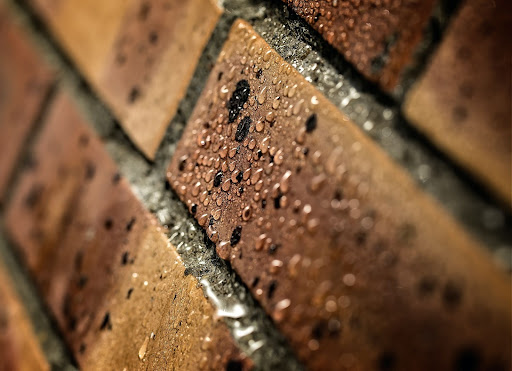
Costs And Considerations
Understanding the costs and considerations of cellar tanking helps in making informed decisions. Factors like the methods used and the cellar’s condition impact overall expenses.
Budget-Friendly Options
Basic interior sealants cost less but may need frequent reapplication. Simple solutions include cavity drain membranes and coatings on damp walls of cellar walls and floors.
Long-Term Investment Benefits
Investing in professional waterproofing ensures durable protection. Advanced techniques like tanking slurry and drainage membranes yield lasting results that conform to UK Building Regulations.
Conclusion
Cellar waterproofing is an essential investment for maintaining the structural integrity of our homes and protecting against damp-related issues. By understanding the various methods and materials available, we can make informed decisions that ensure long-term protection. Professional installation is highly recommended to guarantee compliance with UK Building Regulations and achieve durable, effective results.
Whether we opt for interior sealants or exterior solutions, addressing water ingress proactively can save us from costly repairs and health hazards like mould growth. Ultimately, a properly waterproofed cellar enhances our home’s value and usability, providing a dry, safe space for storage or living areas.
Cellar Waterproofing FAQs
The benefits of waterproofing an existing cellar include: improved air quality, increased energy efficiency, a healthier living environment, and better storage optimisation. This can also lead to improved resale value in the future.
To waterproof your existing cellar you may need to install a sub-floor membrane and ensure that all walls and floor surfaces are properly sealed. You will also need to make sure that gutters outside the building are working properly and that any water is redirected away from the foundation of your house. However, there are numerous waterproofing systems that can be designed.
In some cases, homeowners can complete simple DIY waterproofing jobs, however, it’s best to consult with a professional before starting work as they will be able to identify any potential issues or problems with the job.
It’s important to keep in mind that while some waterproofing jobs are one-off projects, other methods may require regular maintenance such as checking for leaks and ensuring gutters remain clear of debris. For more information on any particular project, it’s always best to consult a professional structural waterproof engineer.

